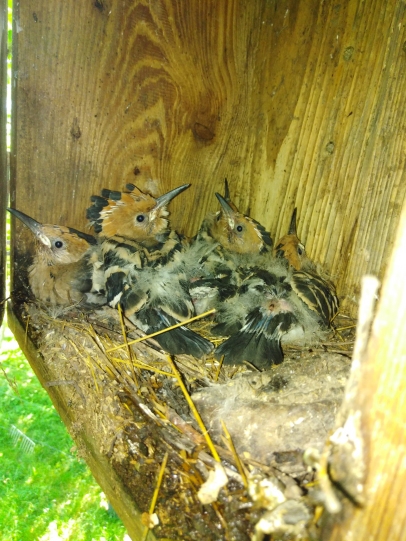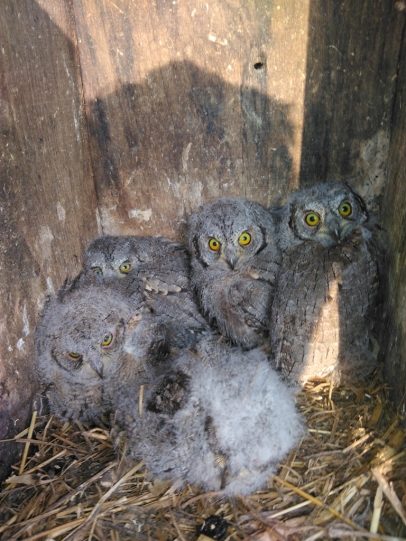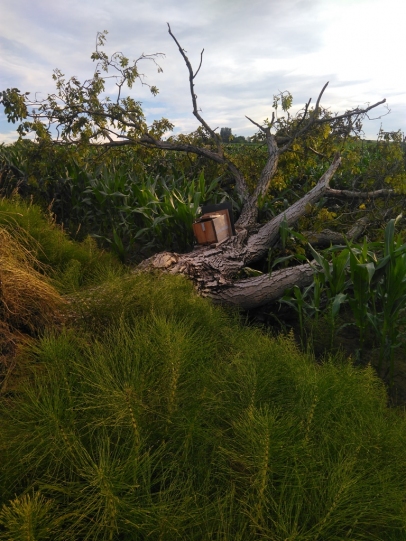Hoopoe and Scops owl occupy more nestboxes each year
The Goričko Nature park Public institute together with the members of DOPPS – Birdlife Slovenia have been installing nestboxes for birds since year 2009. Woodpeckers make their own tree hole in which they nest. Other birds nests in woodpeckers old nest holes or in trees natural duplicates. Among these bird species are the Eurasian tree sparrow, Great tit, Starling, Hoopoe, Scops owl and Common redstart. Over the last ten years, more than 370 nestbox had been installed. In year 2019 the majority of the nestboxes was occupied by starlings, followed by the great tits.
Scops Owl (Otus scops)
Scops owl is the only true migrant among Slovenian owls, migrating to central Africa each winter. In year 2019 Scops owl nested in 19 nestboxes but unfortunatelly the wet spring months caused low breeding success. The pairs were nesting even at the beginning of August, which is very late as they start to migrate towards south after 15th of August. From 19 nests, from 6 nests young failed to fledged. Nonetheless, 51 young Scops owl successfully fledged from the remaining nestboxes.
In 2018 a few Scops owls were taged with GPS transmitters. The aim was to record their migratory route from Goričko (Slovenia) to Africa and back. Four owls were successfully recaptured with the aim to remove the GPS tranmitters from their backs. From these devices the first information on Scops owl migration routes were obtained. They spent the winter in Nigeria and when returnig back to Europe this small bird traveled a few hundreds kilometers per day. This is especially remarkable for a bird that weighs as much as a chocolate bar.
Hoopoe (Upupa epops)
Unlike the Scops owl, Hoopoes take a longer time to occupy the nestboxes. Since the 2009, they have only nested in a couple of nestboxes. In the last two years (2018 and 2019) they started to occupy nestboxes in higher numbers. In 2018 they had nested in 12 and in 2019 in 14 nestboxes. Some hoopoes have the luck to nest in natural tree cavities or holes. A few pairs nest each year in the same tree holes therefore preserving and protecting these cavities is crucial. We are especially delighted that all of the tree owners eagerly await the return of this beautiful bird each year.











